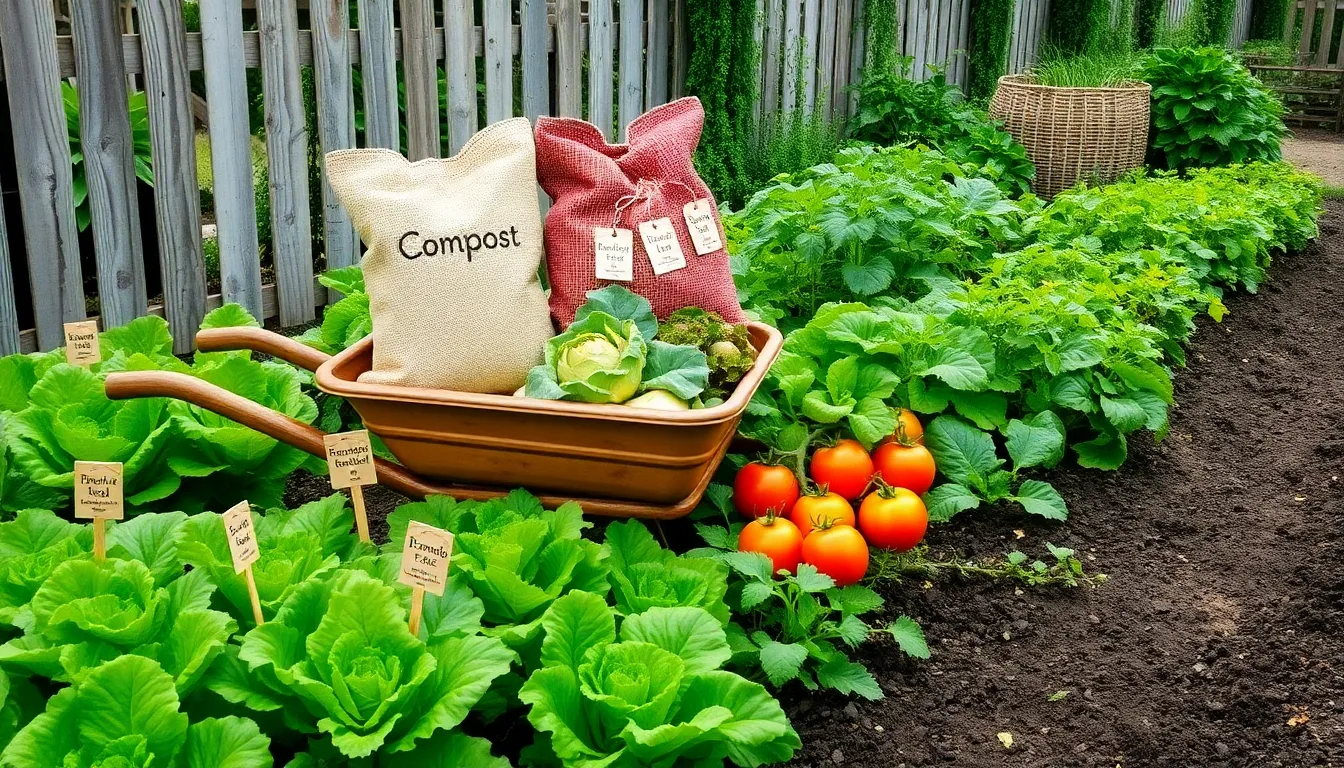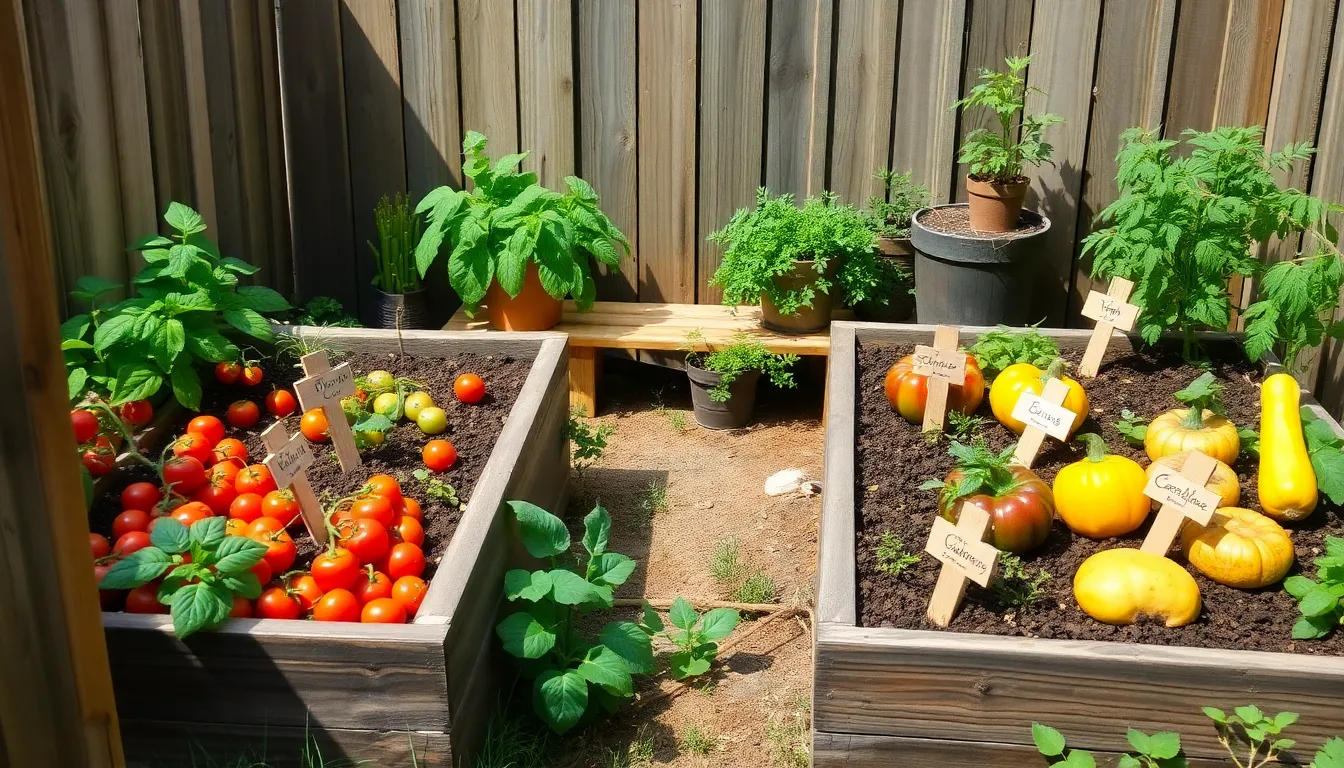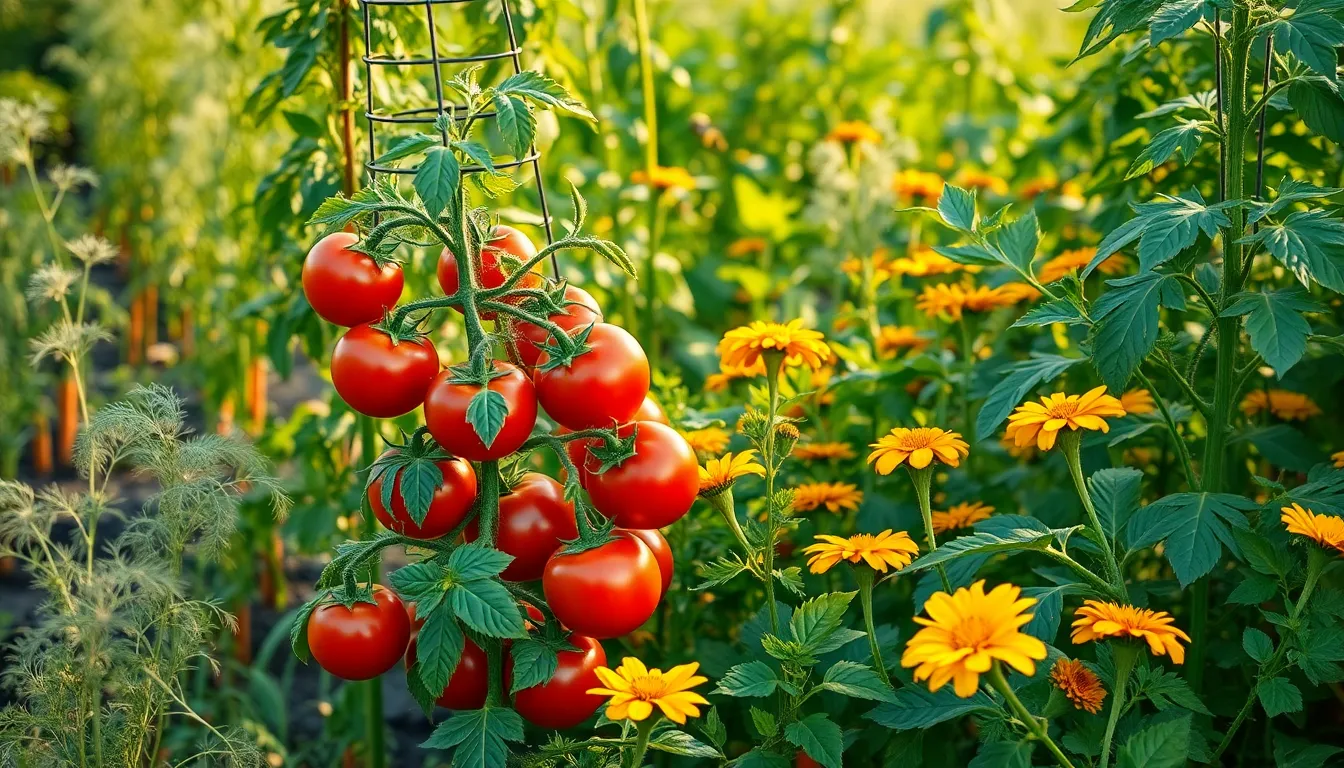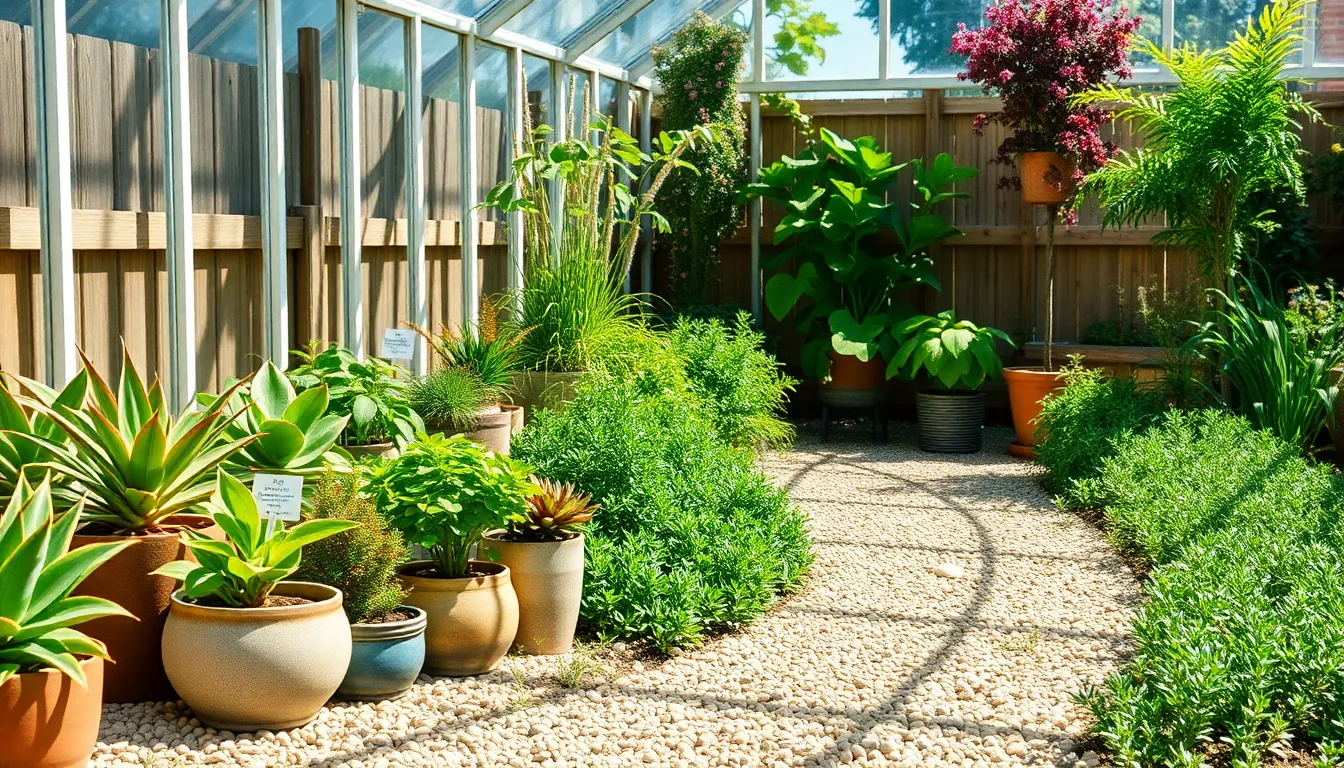Gardening is a journey filled with the joy of nurturing life and the rewarding crunch of homegrown vegetables, straight from your own soil. Whether you’re just beginning to dip your toes into the world of vegetable gardening or you’re a seasoned green thumb, choosing the right organic fertilizers can make all the difference in the vitality of your garden. This guide is here to demystify the world of organic fertilizers, offering a curated list that promises to enrich your soil and boost your harvest.
For both beginners and experienced gardeners, understanding the unique needs of your vegetable garden is key to achieving flourishing results. Our selection of organic fertilizers not only supports sustainable gardening practices but also empowers you with the knowledge to make informed choices that suit your specific gardening goals. With practical advice and proven techniques, this guide will boost your confidence and set you on the path to a thriving, bountiful garden. Let’s dig in and unlock the secrets to a successful, organic vegetable garden together!
Roma Tomatoes (Plum Varieties)
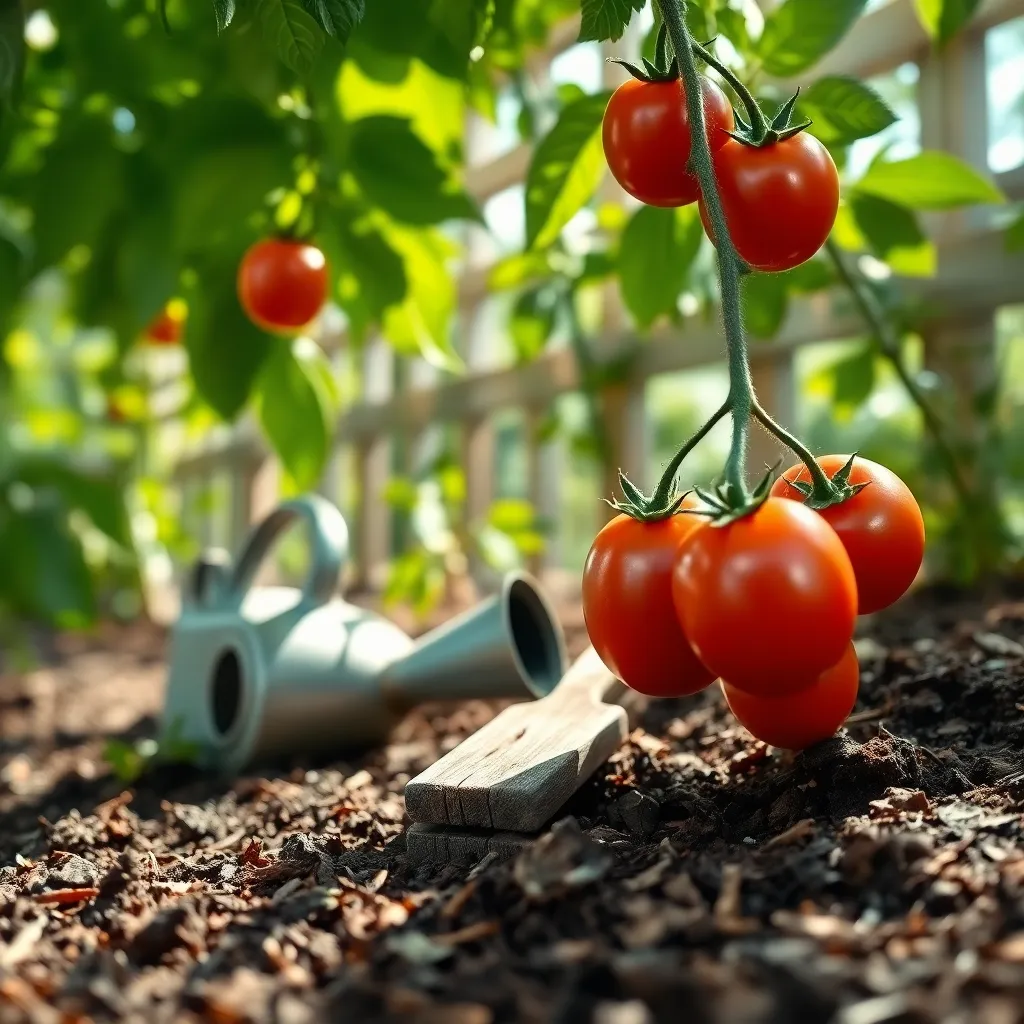
Roma tomatoes, a popular choice among home gardeners, are known for their firm flesh and low moisture content, making them ideal for sauces and canning. To grow these plum varieties successfully, start with a well-draining soil enriched with organic matter such as compost or aged manure, which provides essential nutrients.
When planting Roma tomatoes, ensure they receive at least six to eight hours of direct sunlight daily. Consistent watering is crucial, so aim to keep the soil evenly moist but not waterlogged, typically watering deeply once or twice a week depending on rainfall.
Mulching around the base of the plants helps retain soil moisture and suppress weeds, creating a healthier growing environment. Consider using straw, shredded leaves, or wood chips as mulch to maintain soil temperature and reduce watering needs.
For those looking to improve their yields, use organic fertilizers like fish emulsion or compost tea every two to three weeks during the growing season. Advanced gardeners might explore crop rotation techniques to maintain soil health, planting Roma tomatoes in a different spot each year to prevent soil-borne diseases.
Zucchini (Black Beauty)
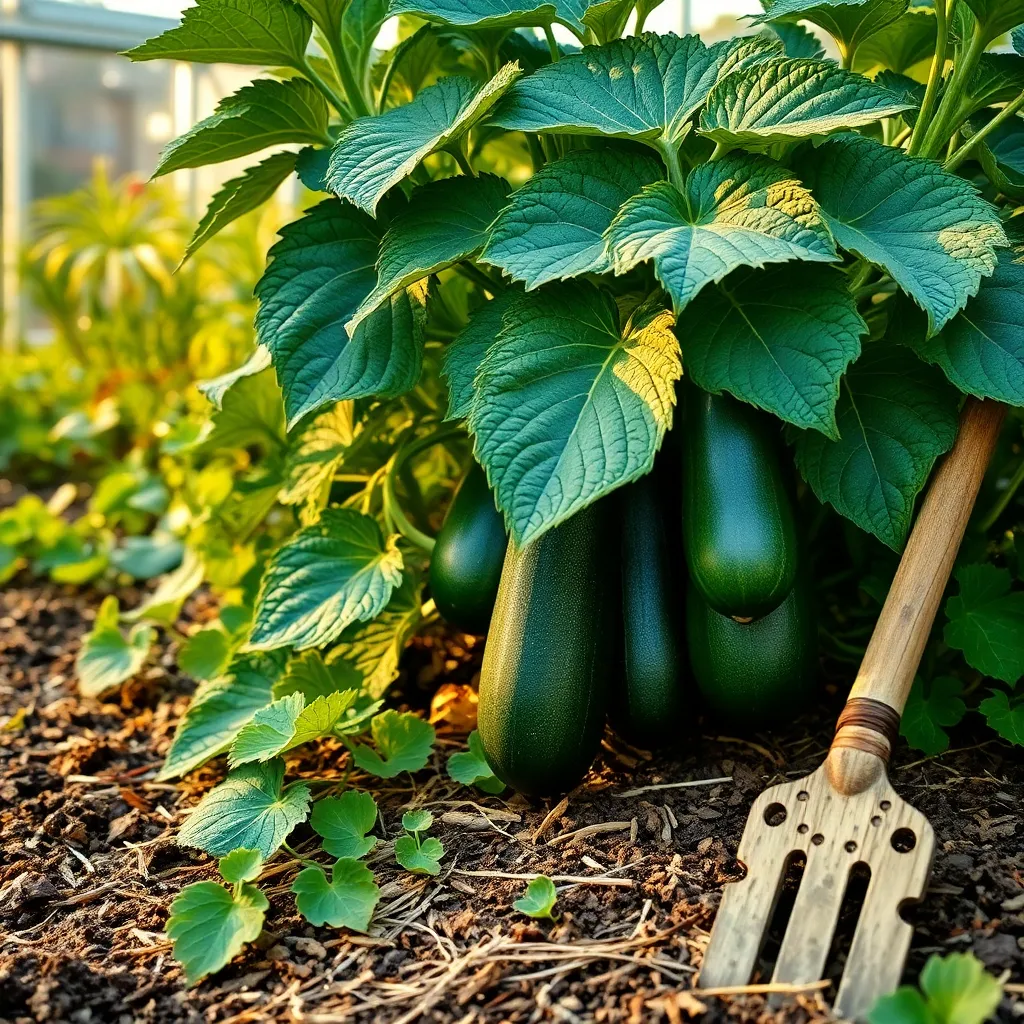
Zucchini, particularly the ‘Black Beauty’ variety, is a prolific producer that’s a favorite among gardeners for its ease of cultivation and abundant harvest. To achieve optimum growth, focus on providing well-drained soil enriched with plenty of organic matter, such as compost or aged manure.
For those just starting, it’s essential to plant zucchini in a sunny location where it will receive at least six to eight hours of direct sunlight daily. Ensure the soil is kept consistently moist but not waterlogged, as zucchini plants prefer a steady supply of water.
Experienced gardeners know that mulching around your zucchini plants can help retain soil moisture and suppress weeds. Consider using organic mulch like straw or shredded leaves, which will also add nutrients to the soil as they decompose.
When it comes to fertilizing, use a balanced organic fertilizer, such as a 5-5-5 blend, at planting time and again when the plants start to flower. This will ensure your zucchini plants have the essential nutrients needed for strong growth and fruit production.
For an advanced tip, practice companion planting by growing zucchini alongside plants like beans or peas, which can naturally enhance soil nitrogen levels. This method not only benefits the zucchini but also promotes a diverse and resilient garden ecosystem.
Carrots (Nantes)
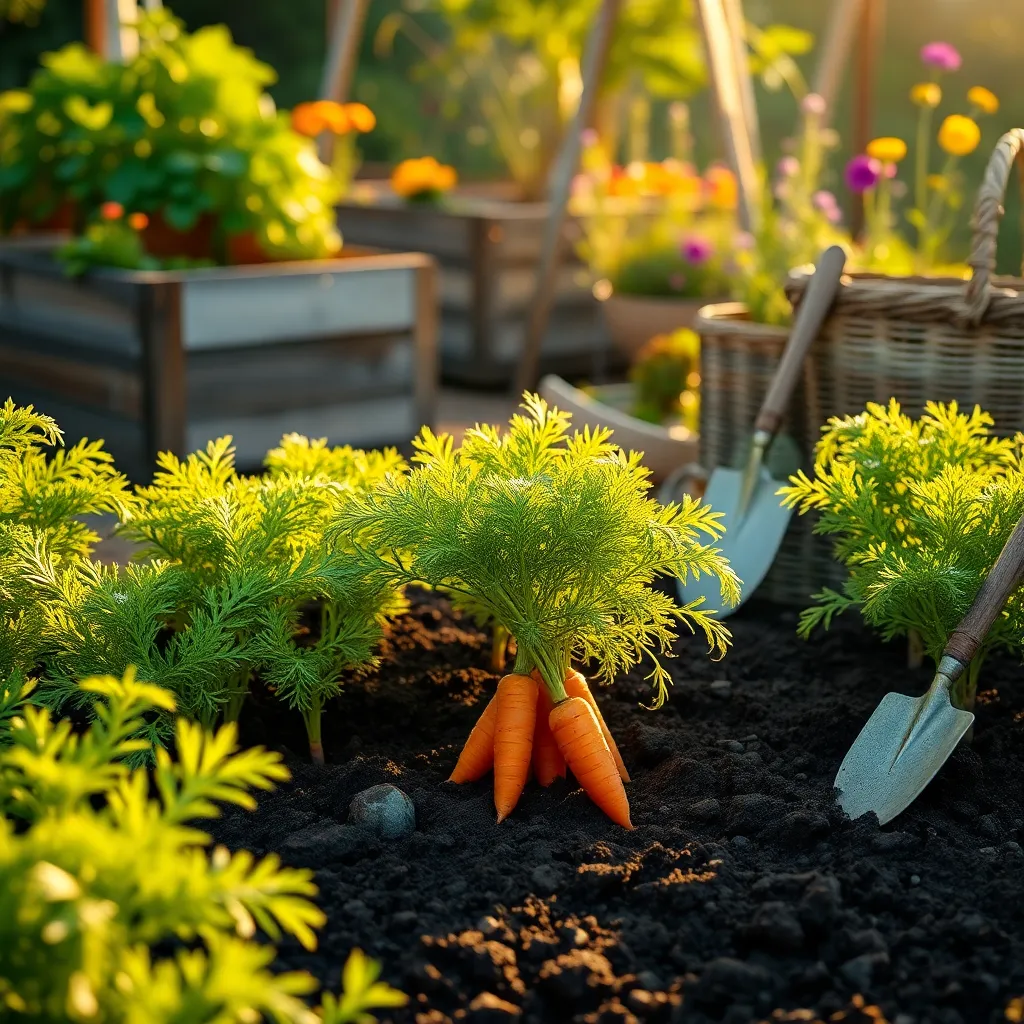
Carrots of the Nantes variety are known for their sweet flavor and crisp texture, making them a favorite among home gardeners. To achieve the best results, it’s crucial to focus on the right soil preparation and organic fertilizing techniques.
Begin by selecting a well-drained, loose soil that is rich in organic matter, as compacted soil can hinder root development. A mix of compost and well-rotted manure will enrich the soil, providing a good foundation for these root vegetables.
Watering is key to successful Nantes carrot growth, requiring consistent moisture to thrive. Aim to keep the soil evenly moist, especially during the germination period, without allowing it to become waterlogged.
To boost growth, consider using an organic fertilizer high in phosphorus, such as bone meal, which encourages strong root development. Apply it sparingly, mixing it into the soil before planting seeds to avoid over-fertilization, which can lead to forked roots.
For more experienced gardeners, succession planting can extend the harvest period of Nantes carrots. By planting small batches every three weeks, you can enjoy a steady supply of fresh carrots throughout the growing season.
Lettuce (Buttercrunch)
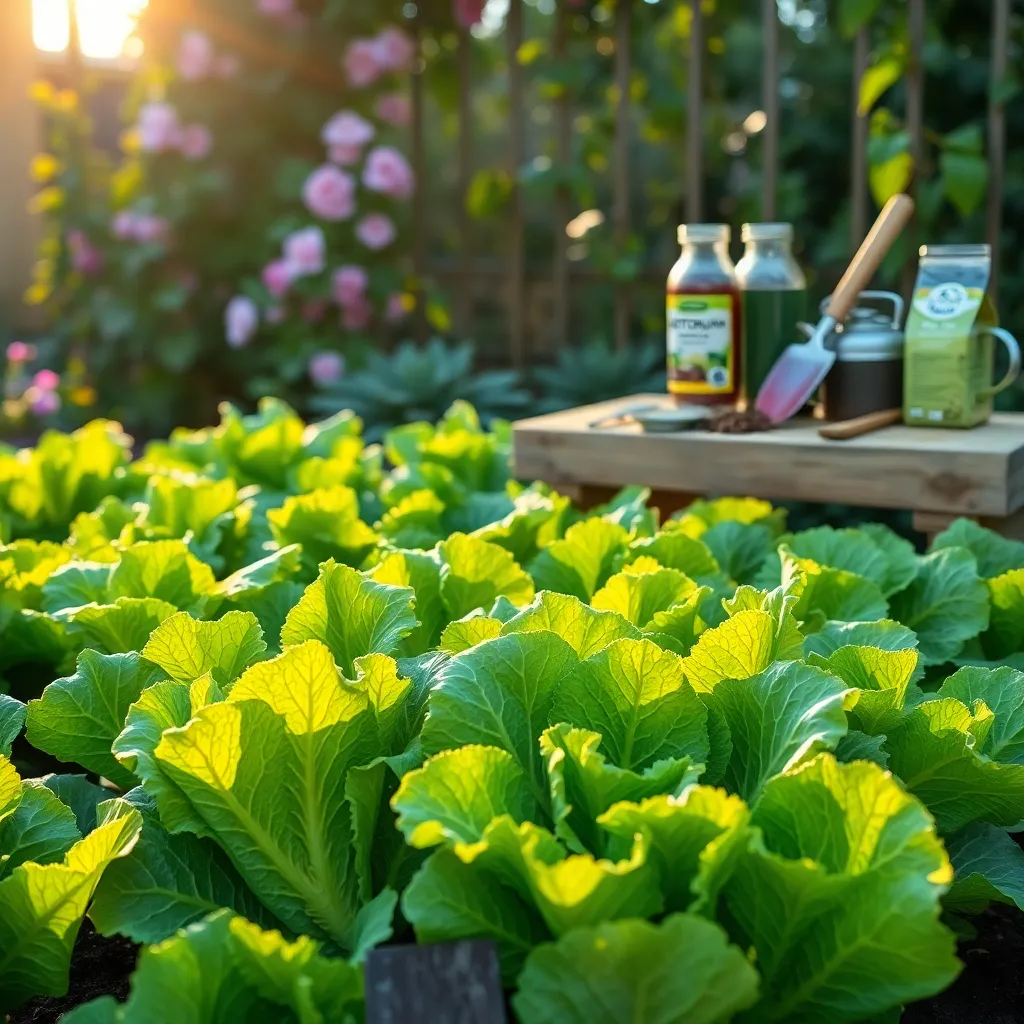
Buttercrunch lettuce is a delightful variety known for its tender, buttery leaves, making it a favorite among gardeners. To grow this lettuce successfully, it’s crucial to provide it with a rich, well-draining soil, ideally amended with organic compost.
Starting seeds indoors or planting them directly in the garden are both viable options for Buttercrunch lettuce. Ensure the soil temperature is between 45°F and 75°F for optimal germination, which usually occurs within 7 to 10 days.
Water consistently, keeping the soil moist but not waterlogged, as lettuce has shallow roots that can dry out quickly. Mulching around the plants can help retain soil moisture and keep the roots cool, which is particularly beneficial during warmer periods.
For organic fertilization, consider using a balanced fertilizer like a 5-5-5 NPK ratio every three weeks. Alternatively, a diluted fish emulsion can also provide a nutrient boost, supporting lush, healthy growth.
Parsley (Italian Flat-Leaf)
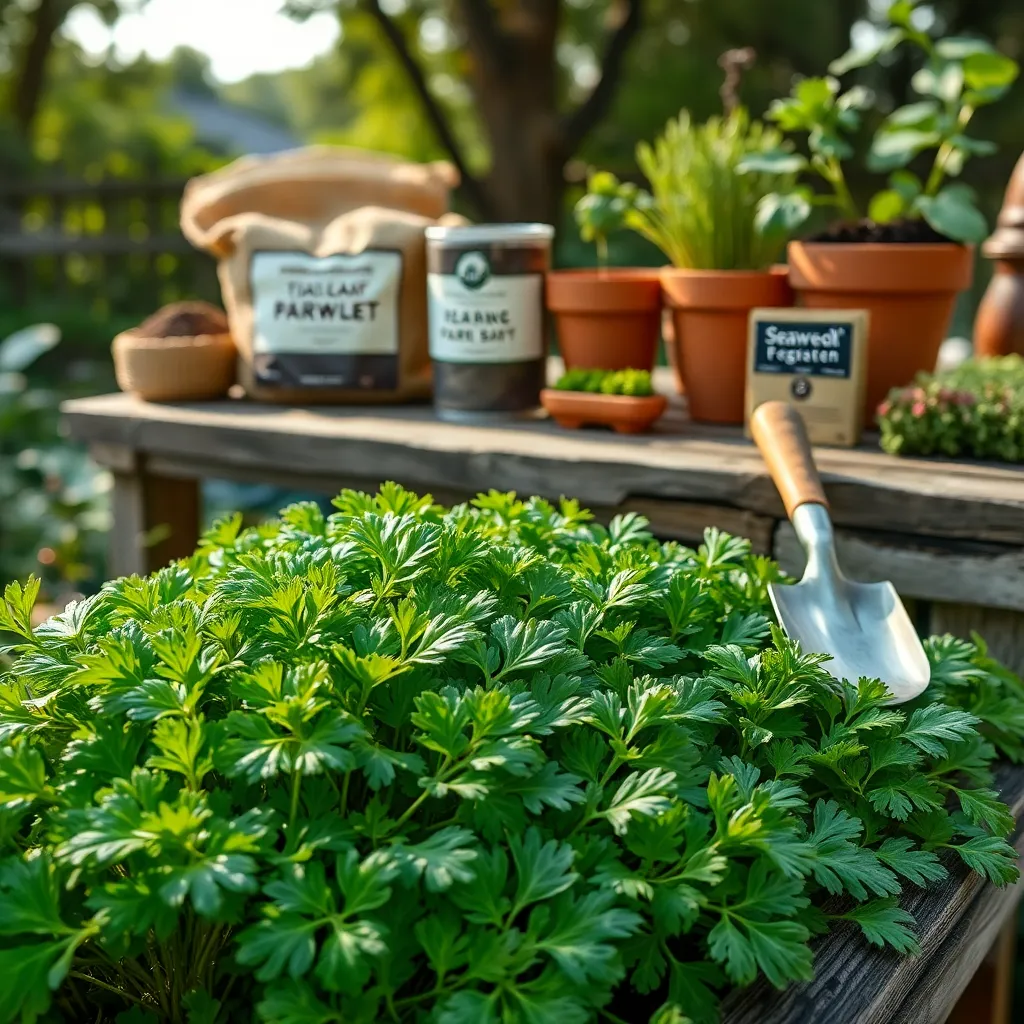
Italian flat-leaf parsley is a versatile herb that thrives in well-drained, nutrient-rich soil. Organic compost or well-rotted manure is an excellent choice to enrich the soil before planting, ensuring a robust start for your parsley plants.
Once established, parsley benefits from a balanced organic fertilizer applied every four to six weeks during the growing season. Using a liquid seaweed or fish emulsion can boost growth, providing essential micronutrients that support lush foliage.
Ensure your parsley receives adequate sunlight, with at least six to eight hours of direct light daily. If growing indoors or in a shaded area, consider using reflective surfaces to maximize light exposure and improve growth.
Water parsley consistently, keeping the soil moist but not waterlogged. A layer of organic mulch can help retain moisture and suppress weeds, creating an ideal growing environment for this flavorful herb.
Conclusion: Growing Success with These Plants
In nurturing both gardens and relationships, the right foundation is key. This article explored five essential relationship concepts: communication, trust, quality time, shared goals, and mutual respect. Just as organic fertilizers enrich soil for thriving vegetables, these principles cultivate healthy, flourishing partnerships. As your immediate next step, consider choosing one of these areas to focus on, setting a small, achievable goal with your partner to strengthen this aspect of your relationship. This could be as simple as setting aside time for a heartfelt conversation or planning a future activity together.
Don’t forget to bookmark this article for easy reference and ongoing inspiration as you nurture your relationship. By revisiting these concepts, you’ll continue to foster a deep and lasting connection with your partner. Remember, the seeds you plant today through intentional actions will lead to the harvest of a resilient, joyful relationship tomorrow. Embrace the journey, and take proactive steps to ensure your relationship not only survives but truly thrives.

